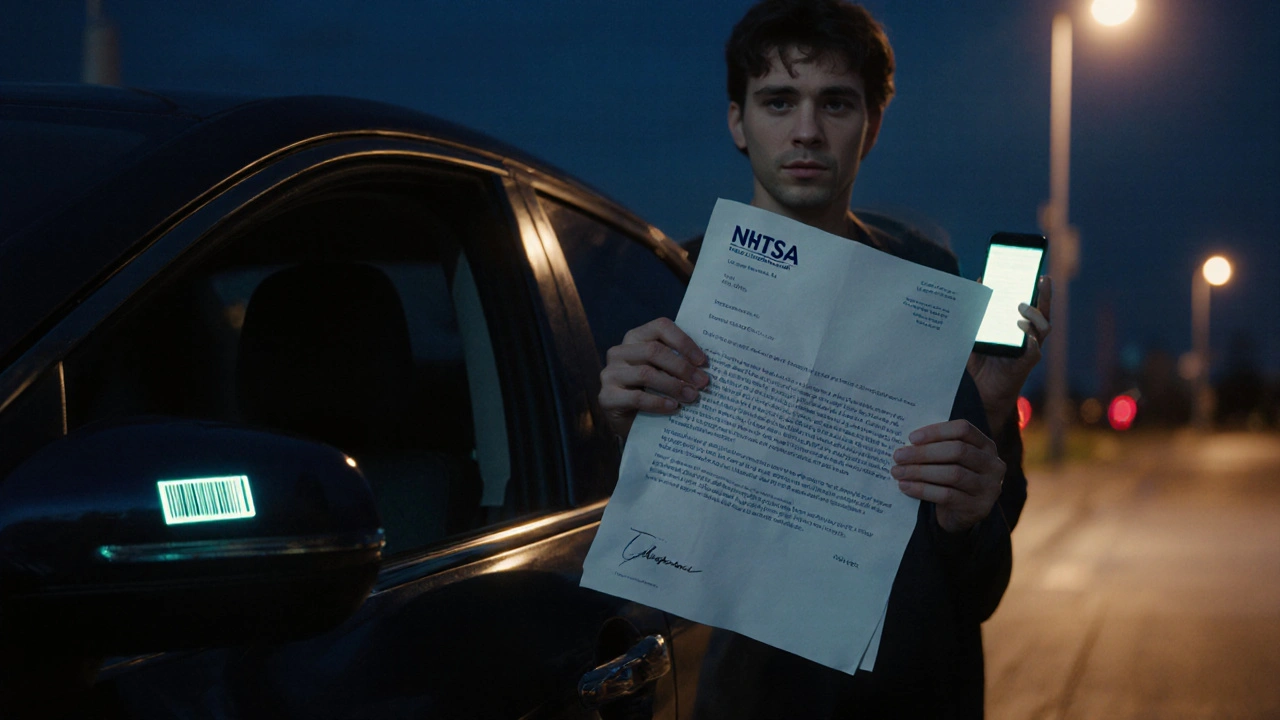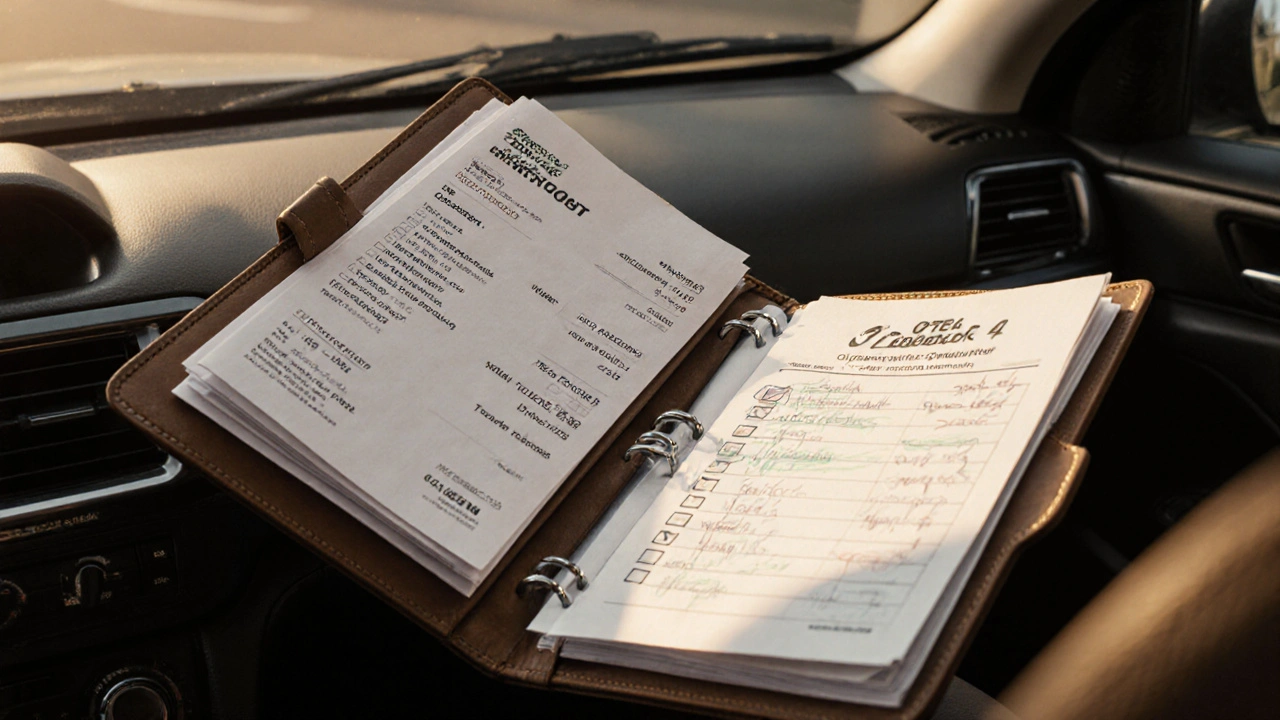Vehicle Recall: What It Means and What You Need to Do
When you hear vehicle recall, a mandatory safety correction ordered by regulators or initiated by the manufacturer to fix a dangerous defect. Also known as a car recall, it’s not a suggestion—it’s a legal requirement to protect drivers, passengers, and others on the road. A vehicle recall happens when something in your car could fail and cause a crash, fire, or injury. It could be a faulty airbag, a brake line that cracks under pressure, a battery that overheats, or a software glitch that disables automatic braking. These aren’t minor quirks. They’re life-threatening flaws that manufacturers are legally required to fix for free.
Recalls aren’t random. They’re triggered by real-world data: consumer complaints, crash reports, or internal testing. The National Highway Traffic Safety Administration (NHTSA), the U.S. government agency that enforces vehicle safety standards and manages recall databases tracks every recall across all makes and models. If your car is affected, the manufacturer must notify you by mail. But don’t wait for the letter. Many people miss it, especially if they moved or bought the car used. You can check your VIN at any time on the NHTSA website—no login needed. A recall notice, an official alert sent by the automaker detailing the defect, affected models, and repair instructions will tell you exactly what part is broken and how long the fix will take. Most repairs are done in under an hour at a dealership, and you won’t pay a dime.
Some recalls are urgent—like the Takata airbag issue that led to dozens of deaths—and others are less critical, like a loose fuel cap that could cause emissions problems. But no recall should be ignored. Skipping a repair doesn’t just put you at risk—it can void your warranty, lower your resale value, and even make you liable if someone else gets hurt because you didn’t act. If you’re unsure whether your car has an open recall, don’t guess. Enter your VIN into the NHTSA database. It takes 30 seconds. If there’s a recall, call your local dealer and schedule the fix. You don’t need to wait for a reminder. You don’t need to pay. You just need to act.
Below, you’ll find real stories and guides from drivers who’ve dealt with recalls—how they found out, what the repair involved, and what they learned afterward. Whether you’re worried about a sudden brake failure, a battery that won’t charge, or a software glitch that disables your safety systems, these posts give you the facts you need to stay safe and avoid costly mistakes.





